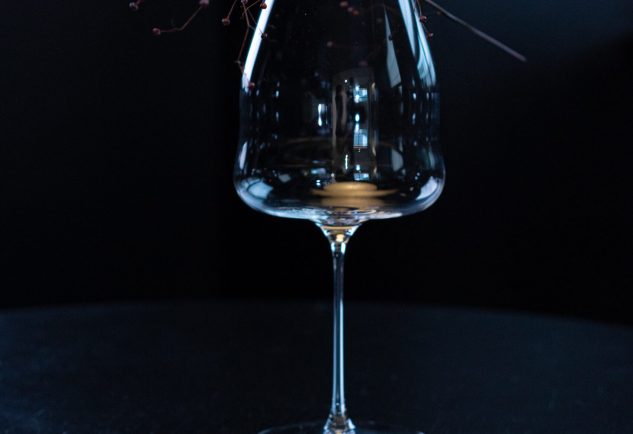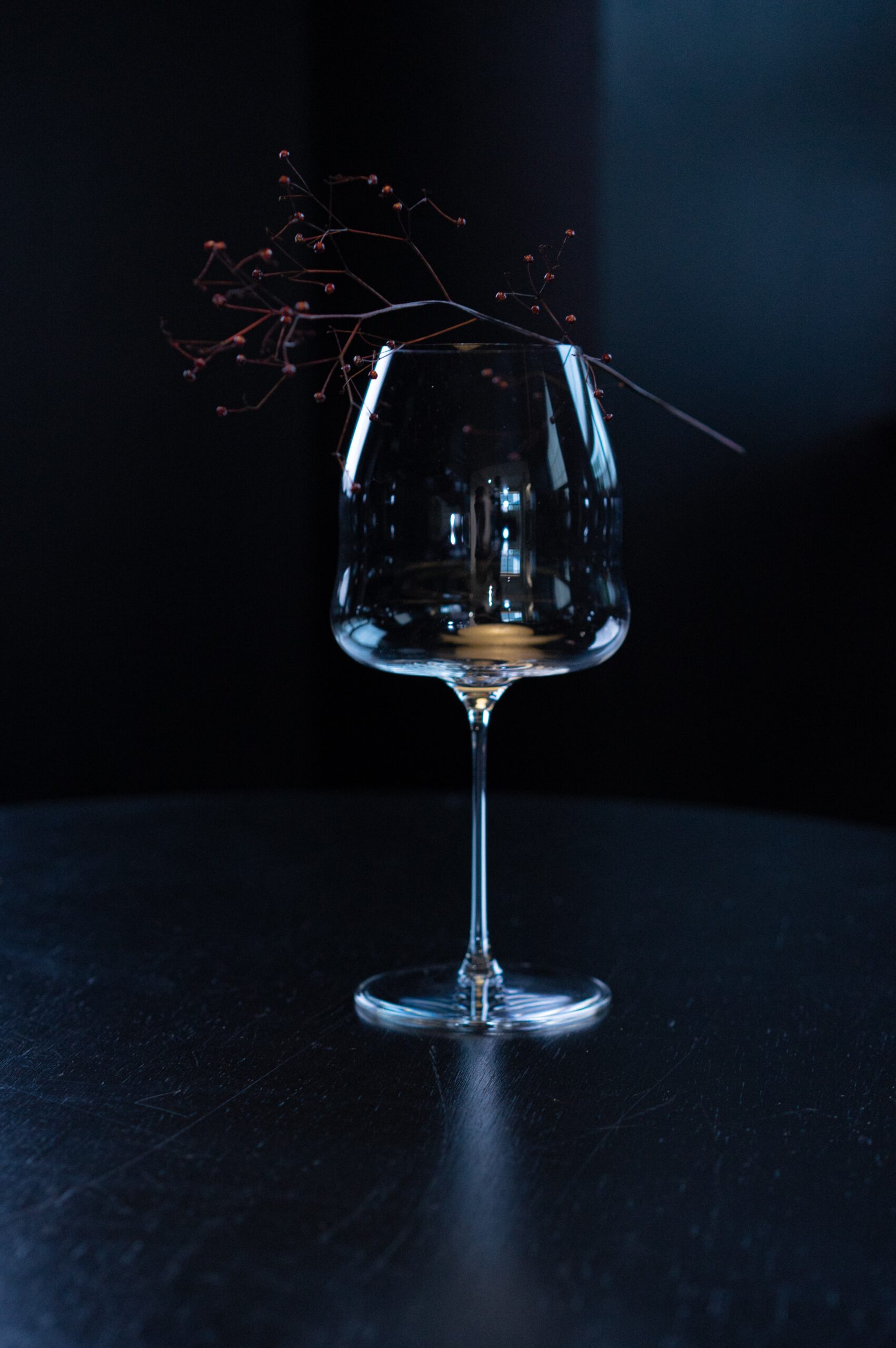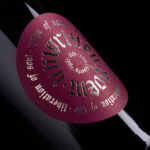basic characteristics to assess in a wine when tasting

One of the most important things in winemaking is making sure that a wine is balanced and by that fruit, acidity and alcohol are in a perfect ratio to each other. If a wine has too much or too little of a certain characteristic, it will result in a poorer quality wine. For example, a wine with too much alcohol and not enough fruit will result in an unpleasant burning taste.
Sweetness
This is basically how much sugar is present in the wine. Sweetness in wine comes from residual sugar, which is leftover from the fermentation process.
In market, several cheaper or mass produced wines have sugar added to them for artificial sweetness.
Alcohol
Alcohol is what adds texture and a sense of body to a wine. Since alcohol is more viscous than water, high alcohol gives heavier feel in mouth, and low alcohol make a wine seem watery and lighter unless higher level of sweetness is present. The burning sensation of alcohol should not be confused with the tingling sensation of acidity.
The amount of alcohol can generally be gauged by swirling the wine in a glass, the more legs there are (the lines of wine running down the glass) the higher the alcohol content.
Acidity
Acidity is what makes a wine feel refreshing. It is detected most strongly at the sides of tongue where it causes a sharp tingling sensation. If mouth waters on a sip as it tries to restore natural acid balance, the wine should be considered high in acidity.
As grapes ripen they become less acidic. This means that wines from cooler climates generally have higher acidity as the grapes find it harder to ripen. For example, a hot climate Mediterranean Sauvignon Blanc will have less acidity than a cool climate Badacsony Sauvignon Blanc.
In mass produced wines, acid is added in the winery for artificial acidity.
Fruit
Fruit flavours in wine vary depending on the grape. In white wines, citrus fruits or tropical fruits are common whilst red fruit and black fruit flavours are found in red wine.
Flavours on palate are more or less same as aromas detected on the nose. As wine warms up in mouth, earthy, spicy, toasty characteristics are more prominent and fruity, floral characteristics are less so on the palate.
Tannins
Tannins help add structure to a wine, giving it a textural richness.
Tannins are what cause the drying sensation on the tongue and may feel a bit rough. They are most commonly found in red wines, although white wines aged in oak can sometimes contain tannin as well.
Tannins are mostly extracted from the skins of the grapes. Unripe tannins can cause astringency in wine whereas ripe tannins contribute to a textural richness.
Body
Body is the ‘mouthfeel’ of the wine, and is often a way that people use to describe wines they like. For example, some people prefer light bodied reds (Pinot Noir or Gamay), whilst some prefer full bodied reds (Shiraz or Primitivo / Zinfandel)
Therefore, body is not a single component, but an overall textural impression created by all the structural components of the wine. Alcohol and Sweetness add to the body, acidity subtracts from the body; ripe tannins add to the body whilst astringent tannins make wine harsher thinner and subtract; intense fruits add and delicate subtle fruits subtract from the body.
Sometimes it is harder to agree on body. So, why not join a tasting class?





No comment yet, add your voice below!
Comments are closed for this article!